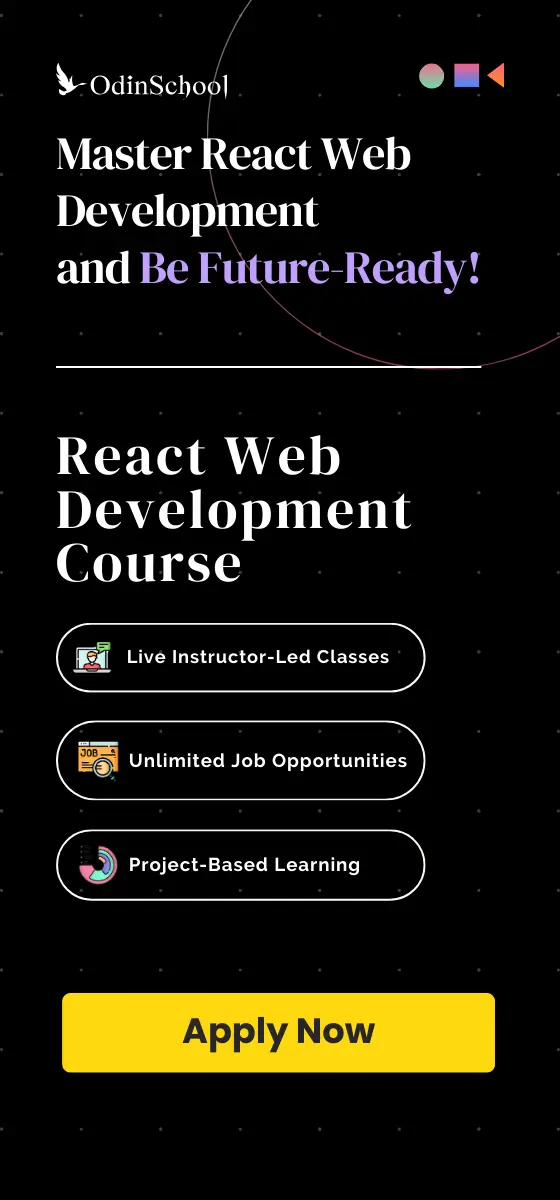Strategic Process Essentials for IT Service Management
Summary
The principal goal of an organization's service strategy is to comprehend customer needs and align IT services accordingly. Key processes include Strategy Management, Portfolio Management, Financial Management, Demand Management, and Business Relationship Management. Strategy Management defines service perspectives, positions, plans, and patterns. Service Portfolio Management governs resource distribution across services. Financial Management optimizes service delivery costs. Demand Management forecasts and matches customer demand. Business Relationship Management fosters positive customer relationships. Successful strategic planning requires understanding the industry and business to optimize funding and service delivery.
Table of Content
The principal aim of an organization, the service provider, is to know his customers and their requirements, and understand which IT service will best support its business functions. A successful strategic plan not only enables the organization to create value for the customers but also benefits the service provider in terms of revenue and growth.
Key Processes of Service Strategy
- Strategy Management for IT services
- Strategy Portfolio Management
- Financial Management for IT service
- Demand Management
- Business Relationship Management
Strategy Management for IT Services
From an enterprise perspective, the service provider needs to manage the IT service to support the business needs. The Strategy management process defines the four P’s – perception, position, plans and patterns, of the services. Below are its sub-processes and their goals:
- Strategic assessment – To define the market by analyzing the market environment
- Strategic generation – To determine perspective or vision/mission and form few policies to meet them
- Strategy execution – To manage service and align them to business needs
- Continual Service Improvement – To measure and test the service, delivered to the business
Service Portfolio Management (SPM)
It enables an organization to dynamically govern the resources. The primary objective is to manage the risks and costs by analyzing the business impact of the resource distribution across the portfolio or collection of services. The three phases of life cycle that include the SPM services are:
- Service Pipeline – It has the services that are created for the customer
- Service Catalog – It consists of all the services that are presently active and those are approved in pipeline phase. It describes the pricing and all other terms & conditions associated with each service
- Retired Services – The services that are no longer delivered
Financial Management for IT Services
The primary goal of financial management is to manage an organization’s budgeting and accounting requirements. The ultimate aim of a service provider is to deliver the best service to the customer at the lowest possible cost. Financial management is essential:
- To lower the spending on the IT service
- To prepare a cost analysis report demonstrating the reduction of revenue per service user
- To prioritize the investment options on any other IT service
Demand Management
The primary goal is to understand and expect the customer’s demand. It works with capacity management to make sure that the organization has enough capacity to meet the business demand. It responds to business demand by:
- Analyzing the patterns of business activities
- Identifies, documents and share these patterns across processes
- Create user profiles, based on the roles and responsibilities and match each profile with these patterns
Business Relationship Management (BRM)
It identifies the need of customers to support a positive relationship. It ensures that the services offered to the business meet their expectations. The business relationship manager is a crucial link between the service provider and the business unit. He builds business cases and understands the business need at high level.
Bottom line: For a successful strategic plan, an organization needs to thoroughly understand the business and its overall industry. This enables the organization to effectively and efficiently utilize the funding provided by the business.





